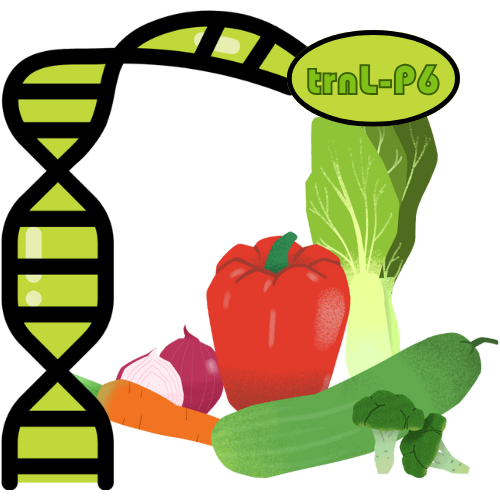At the David Lab, we use genomics to understand the links between the
microbiome,
diet, and
health
Understanding
Microbial
Communities
The David Lab has focused on understanding and engineering gut microbial communities through the lens of microbial ecology. One of our key findings is that nitrogen limitation constrains bacterial growth in the gut, driven by both competition with the host and among bacteria themselves.
We’ve shown how antibiotics disrupt this competition and alter redox dynamics, leading to an ecological succession within the gut. Our team has also conducted proof-of-concept studies on how prebiotic fibers—those that microbes feed on—can be used to modulate the microbiome. Through human trials and advanced models, we’ve been able to test hypotheses on how personalized prebiotic therapies could be developed. Our in vitro and computational approaches allow us to profile bacterial species and identify patterns in microbial metabolism.
These efforts are helping us understand how habitual fiber intake influences individual responses to prebiotics, with implications for dietary interventions aimed at improving health.
Dive into Diet with
FoodSeq
After more than a decade of microbiome work, we gradually realized there was a need for improved ways of tracking food intake. While self-reports are seen as the best method for tracking human diet, these instruments have drawbacks, such as:
Requiring baseline levels of cognition or educational attainment
Incompletely capturing minority or ethnic foods
Inducing anxiety among stigmatized groups
Placing burdens on busy participants
Decreasing engagement among low-income and minority groups, who face disproportionate risk of obesity and metabolic disease
Missing an estimated 20% of foods eaten due to inaccurate records (participants forgetting)
To overcome these limitations, our group started a side project that uses DNA sequencing to track human diets. We realized the same genomic techniques used in microbiome analyses could be modified to detect food that passes through the gut. In a process we now call FoodSeq, we amplify and sequence plant and animal DNA from human stool to identify individual foods.
In addition to FoodSeq, we have created a food-specific repository of reference genes. This open-source database includes nearly 900 plant and vertebrate animal species and continues to expand.
Access the FoodSeq
Repository
The database includes:
An experimental protocol to amplify trnL from DNA extracted from human fecal samples
A computational pipeline to analyze high-throughput trnL amplicon-sequencing data
A reference database of trnL sequences for food plants used by humans to assign trnL reads to a plant taxon
This open-source repository, powered by GitHub, is designed to support the assessment of plant and animal dietary intake directly from human stool samples using DNA metabarcoding with trnL-P6 (UAA) and12SV5 markers.
Next Steps
SUPPORT OUR RESEARCH
If you’re interested in we do and would like to support our research, please click the link below.










